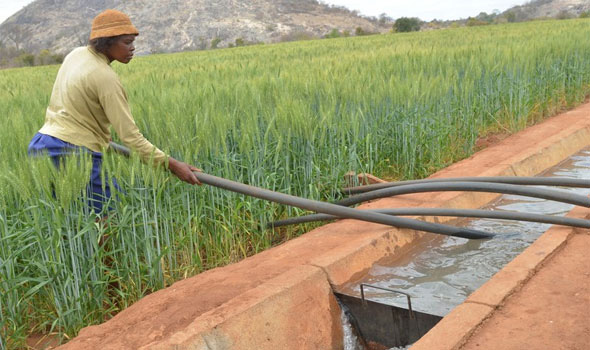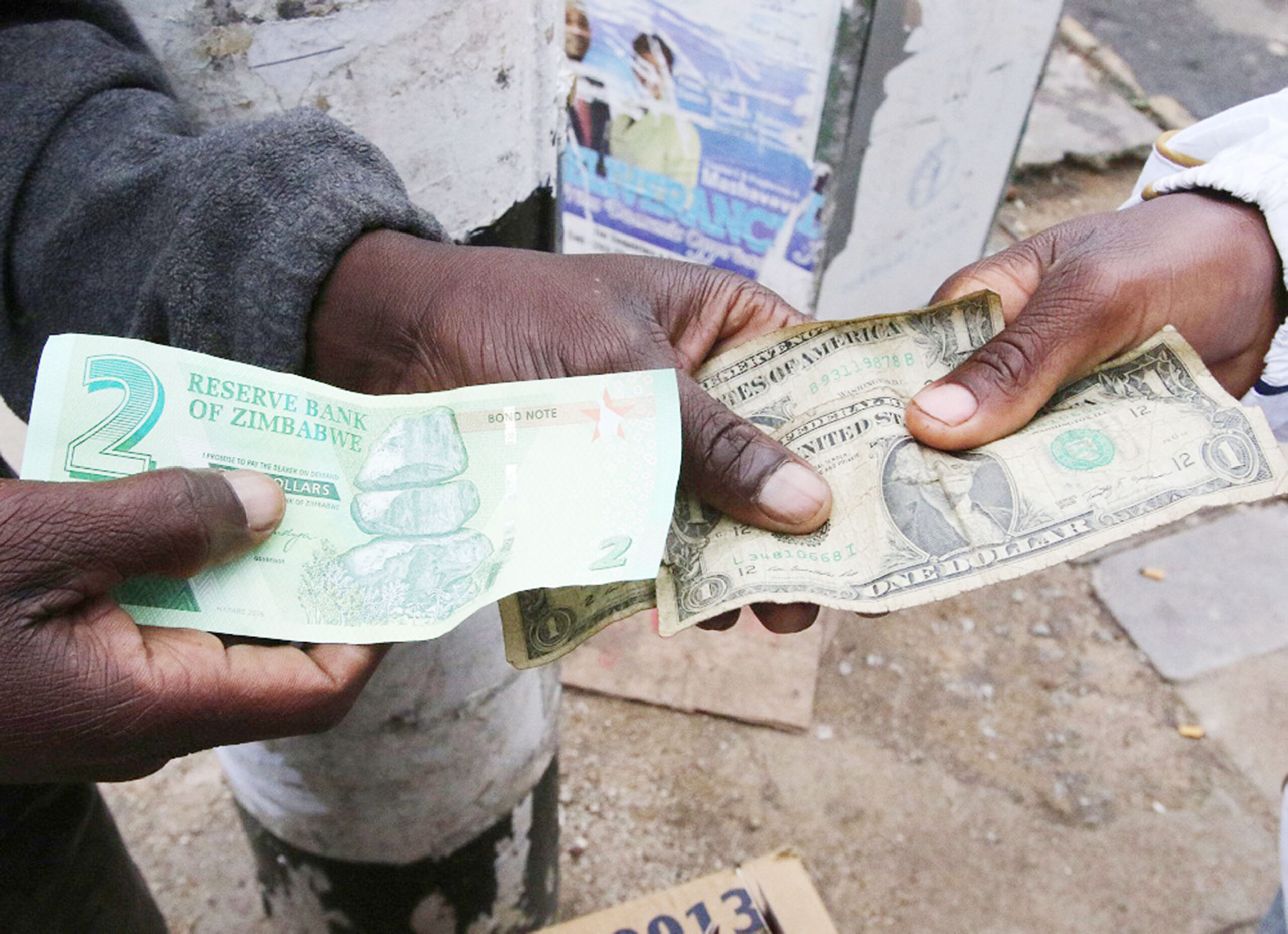‘Zim exchange rate premium still too high despite stability’
ALTHOUGH Zimbabwe has witnessed a period of sustained economic stability since authorities started rolling out measures to contain rapid exchange rate-driven price increases in May, the premium between the official and parallel market exchange rates remains too high at about 32 percent, a recent report by industrialists says.
Steep depreciation of the Zimbabwe dollar in the second quarter of 2023 left the domestic currency on the verge of collapse, according to the Confederation of Zimbabwe Industries (CZI), the country’s largest industrial lobby.
Following the hyperinflation in 2008, which caused the suspension of the domestic currency, Zimbabwean economic agents now use the US dollar to benchmark prices in local currency.
Movements in the exchange rate, especially depreciation of the domestic unit, result in automatic changes to prices in the local currency.
The Zimbabwe dollar official exchange rate stood at $4 569,25 to US$1 yesterday while the domestic currency changed hands slightly plus or minus $6 000 against the US dollar on the open market.
In July 2023, the full impact of measures to tame the depreciation started to be felt in the economy through currency appreciation. The massive shortage of the Zimbabwe dollar is causing the domestic currency to appreciate.
What is of paramount importance now, CZI said in its July inflation and currency update report, is exchange rate stability rooted in the convergence of the parallel market and the official rate.
“The parallel market premium was still high at about 32 percent in July 2023. Stability of the exchange rate will ensure that the gains that have been made so far will not be wiped away,” CZI said.
Exchange rate stability is critical for the survival of the local currency in a dual currency setup, CZI pointed out. Currently, the Zimbabwe dollar is scarce and companies are struggling to service their Zimbabwe dollar obligations.
Such a scenario fuels dollarisation, the industrial lobby says.
A survey released by the Zimbabwe National Statistics Agency (ZimStat) early this year revealed over 76 percent of transactions in the country were being conducted in foreign currency.
As the Zimbabwe dollar depreciated rapidly on the parallel market, sending prices through the roof, Treasury and the central bank swiftly rolled out a series of policy interventions to curtail a potential economic implosion.
Amid the rapid depreciation of the Zimbabwe dollar the policy measures introduced by the authorities to tame the tide, which included transferring external payment obligations from the Reserve Bank of Zimbabwe to Treasury, the requirement for imports to pay duty in local currency (except for luxury goods) and collection of all statutory fees and charges in domestic currency.
Authorities also demanded 50 percent of corporate tax payable in foreign currency to be remitted in Zimbabwe dollars, introduced a wholesale auction foreign currency auction for banks, and increased the bank policy rate from 140 percent to 150 percent to curb speculative borrowing.
The measures have largely resulted in the drying up of Zimbabwe dollar liquidity, which has caused sustained appreciation of the local currency exchange rate while the open market rate has also tracked down, though remaining significantly higher than the official rate.
Zimbabwe was in March listed by the World Bank among 24 countries worst affected by economic challenges rooted in the distortionary impact of the parallel market for foreign currency, causing persistent macroeconomic instability.
According to a report, Zimbabwe ranked seventh on the list of the 24 nations seriously afflicted by the impact of wide exchange rate disparities, behind Iran (1 195 percent), Lebanon (616,7 percent), Yemen (392 percent), Syria (150,2 percent), Argentina (87,1 percent) and Ethiopia (84,1 percent).
The southern African country’s currency, which at the time had an exchange rate disparity of 72,1 percent, has suffered considerable damage from the twin effects of economic collapse and debilitating Western sanctions, since the turn of the millennium.
Notably, though, the exchange rate premium worsened to nearly 100 percent between May and June 2023. This saw Zimbabwe dollar inflation peak at an estimated 360 percent, according to CZI’s inflation gauging model.-ebusinessweekly










